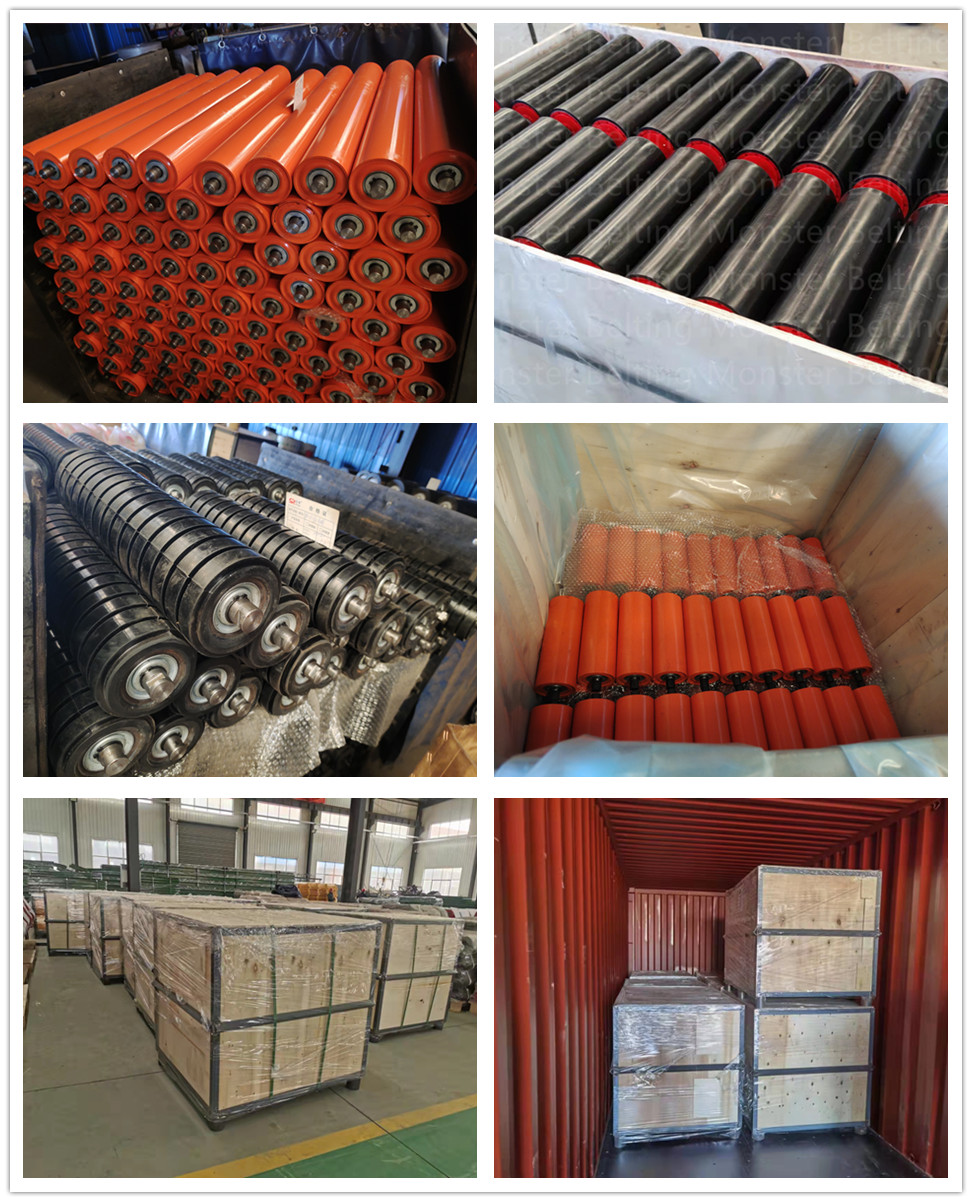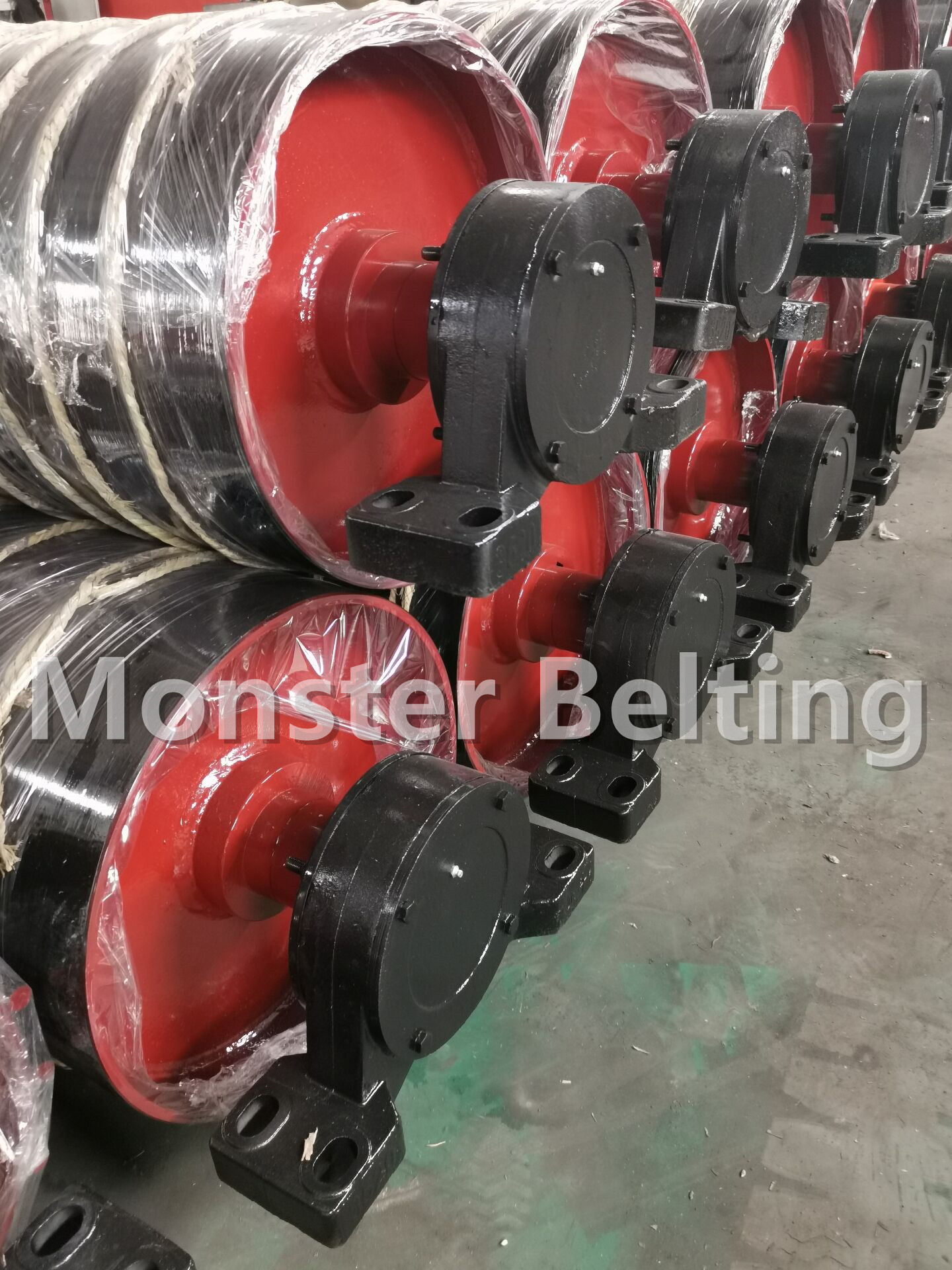Bucket Elevator conveyor Maintenance _General safety procedures
Above all else, Bucket Elevator conveyor Maintenance safety is the most important consideration on the bucket elevator maintenance checklist. General safety considerations include the following:
- Report any equipment irregularities to the appropriate personnel and log all relevant information to the equipment’s records. Irregularities include unusual noises and odors, as well as excessive wear, damage, or malfunction.
- Ensure all guards are installed and in good shape.
- Never operate equipment if worn, damaged, or malfunctioning components are present.
- Always follow manufacturer recommended adjustment procedures to avoid premature damage or wear.
- Record all inspections, maintenance, lubrications, and adjustments. Records should include the date, supplies used, condition of each component, and a signature from the person who performed the bucket elevator maintenance.
- Shutdown, lockout, and tag all machine controls before performing any inspection, maintenance, lubrication, or adjustment.
 Maintance and lubrication procedures
Maintance and lubrication procedures
Regular cleaning should be performed to ensure material build-up is continually removed. It is especially important to clean out the boot after each use if the elevator is used seasonally. The equipment should also be operated for a short period of time every two weeks to ensure belt flexibility is maintained.
Additionally, the following bucket elevator maintenance and lubrication procedures are recommended:
Bearings
There are four lubrication points on bucket elevators: two head bearings and two boot take-up bearings. Each lubrication point must be serviced at least once a week under normal operating conditions. Recommended bearing lubricants are based on standard operating temperatures and can be found in the bucket elevator equipment manual. Refer to the manufacturer’s recommended maintenance and lubrication procedures for more information.
BELT DRIVE
- Check belts for wear, replace if worn.
- Check belts for proper tension. Tighten if they are too loose and loosen if they are too tight.
Additional component maintenance
Refer to the manufacturer’s recommended maintenance and lubrication procedures for the following components:
- Speed Reducer and Couplings
- Drive Motor
Inspeciton procedures
Regular bucket elevator maintenance should include periodic inspections of the following:
Belt & Chain
Belt: Ensure that the bucket elevator belt is centered on the head and boot pulleys.
Chain : Make sure chain is not worn or damaged.
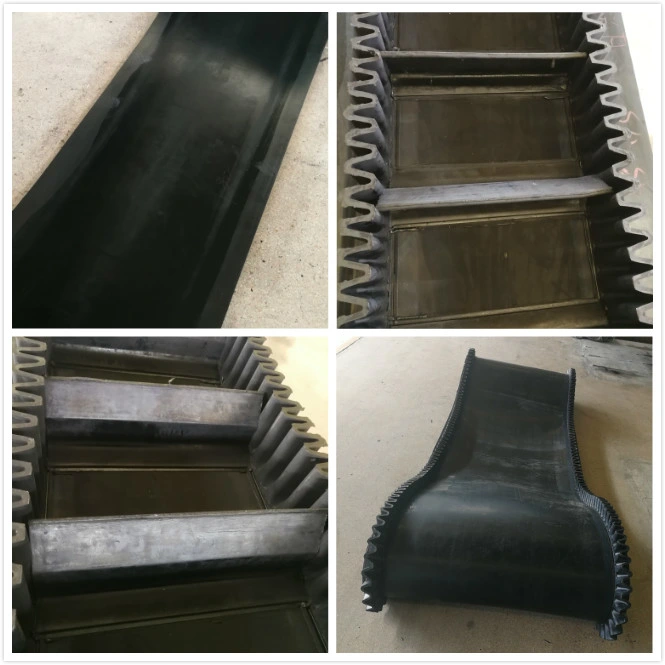
BUCKETS & DRIVE SYSTEM:
Straighten misaligned buckets and replace damaged buckets as necessary.
Inspect this component for worn, misaligned, or loose chains (belts).
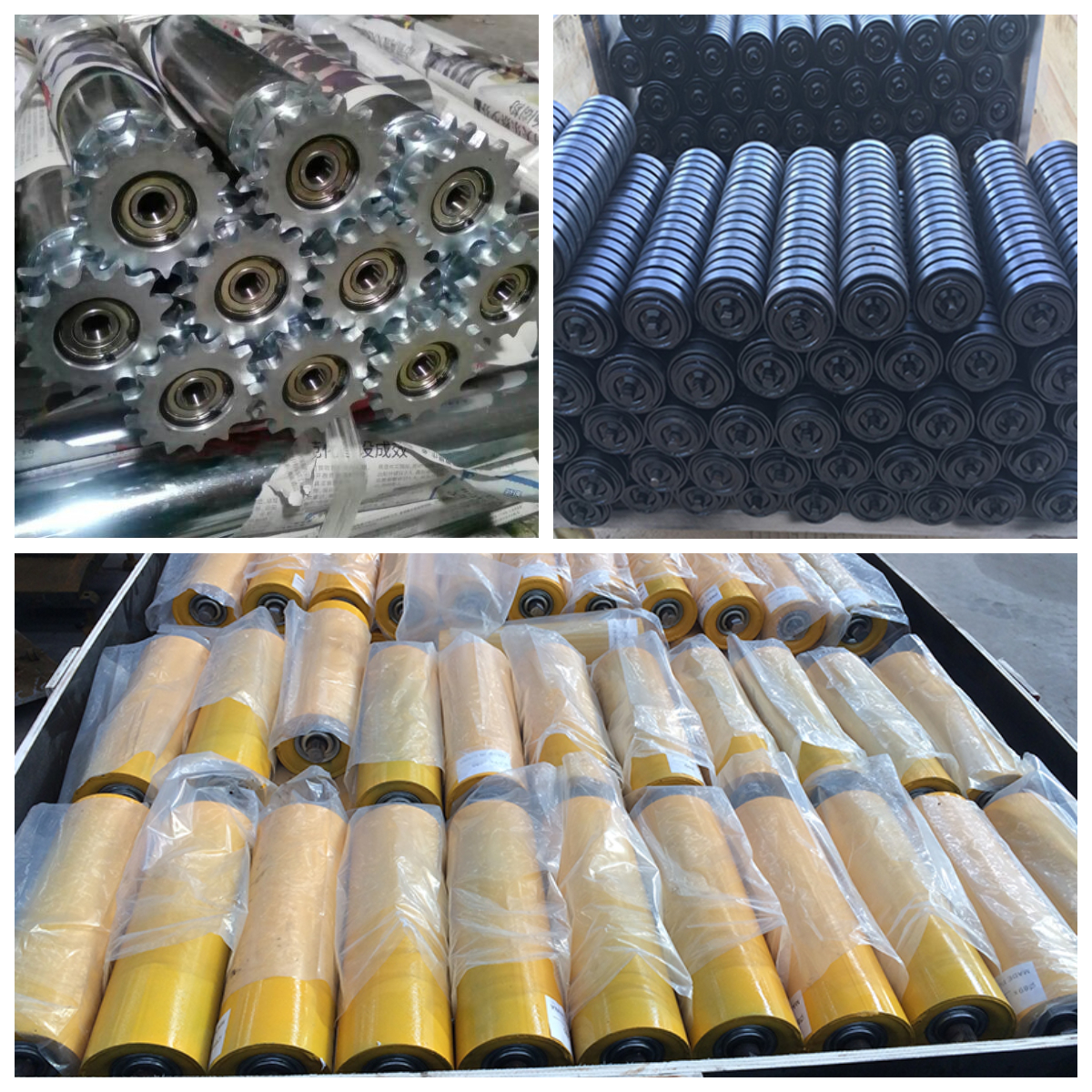
ELECTRICAL WIRING, CONTACTS, SWITCHES, ETC.
ELECTRICAL WIRING, CONTACTS, SWITCHES, ETC.: Ensure that all electrical components are in good condition.
NUTS AND BOLTS: Ensure that all nuts and bolts are properly tightened.
VERTICAL POSITION:Periodically check the bucket elevator for vertical position. (Make sure elevator structure is not leaning.
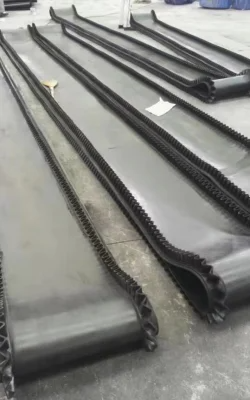
CHAIN AND SPROCKET DRIVE:
Periodically inspect the sprockets and drive chain for signs of wear or damage. The best way to effectively examine the component is to remove the upper drive guard and slowly rotate the sprockets and chain to inspect the component for issues.
The sprocket alignment, shaft alignment, and chain slack should also be checked to ensure the proper drive alignment is being maintained. Refer to the bucket elevator manual for more information on this procedure.
